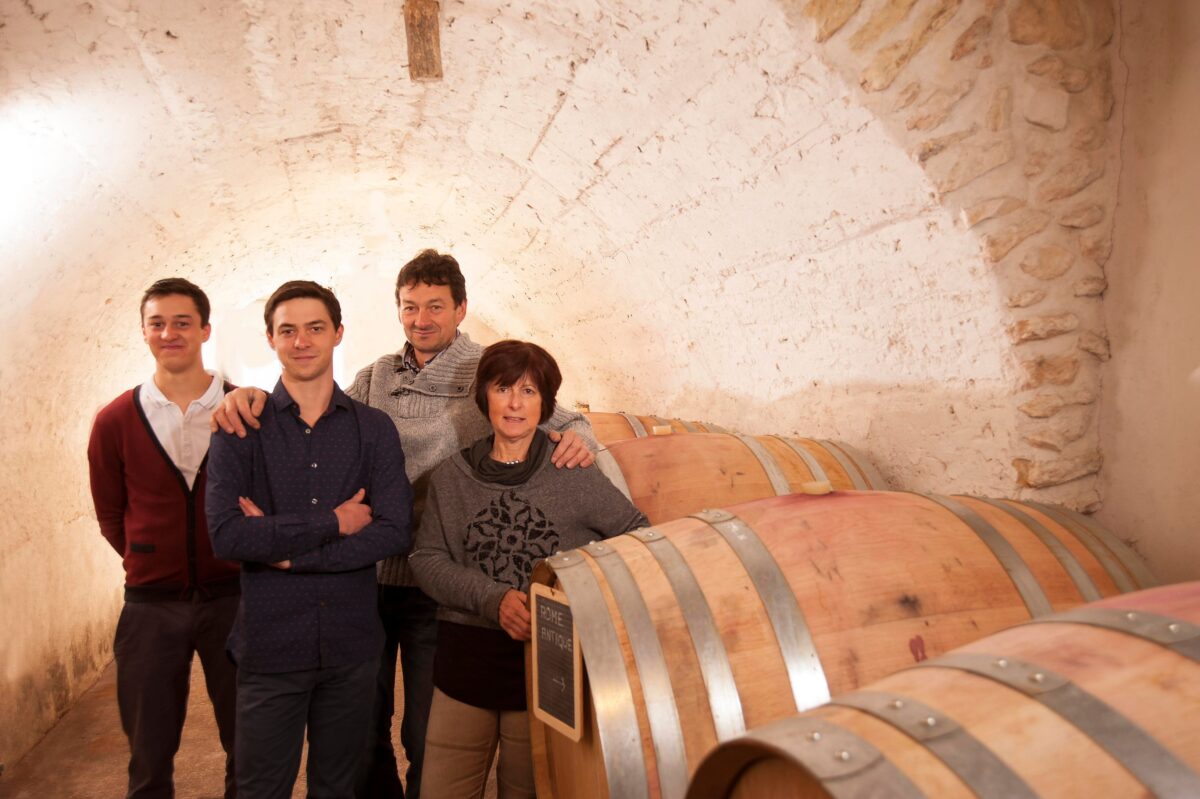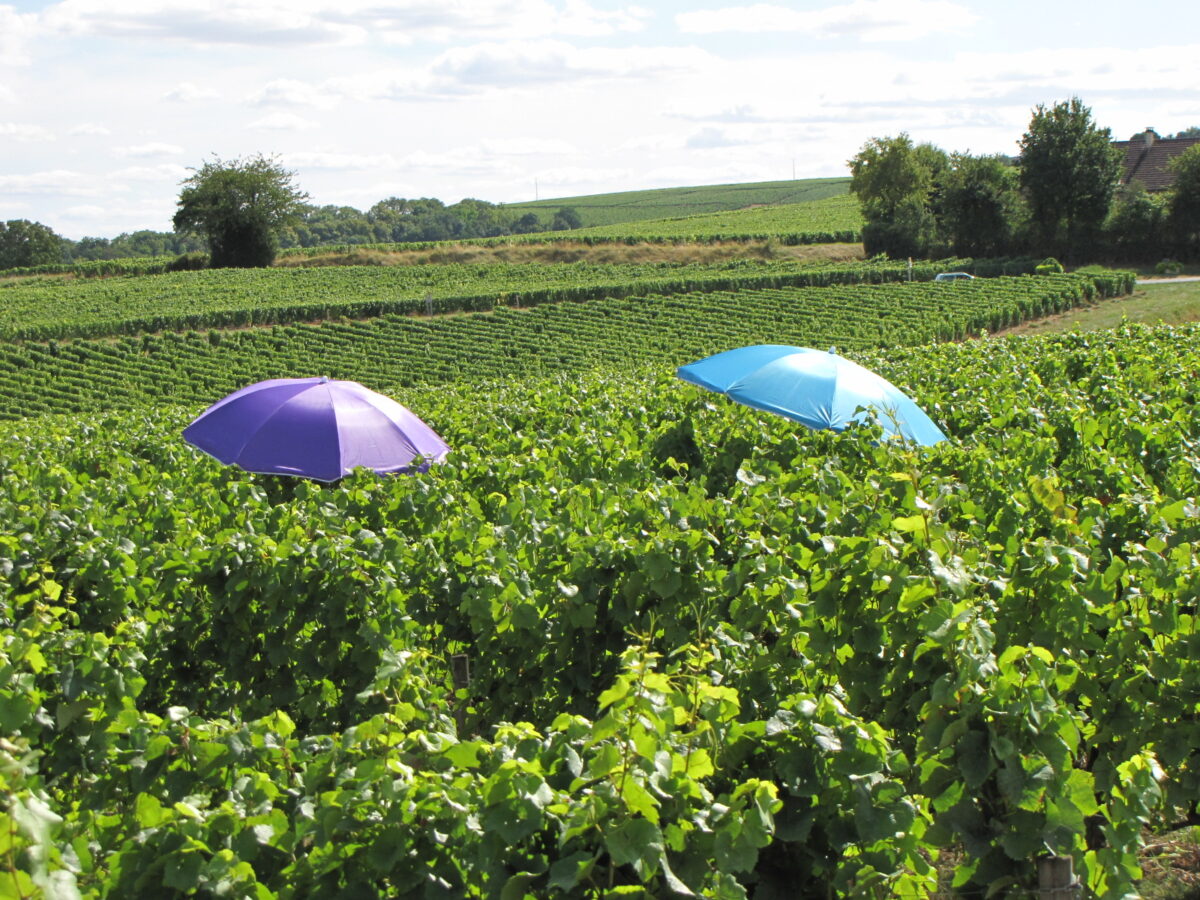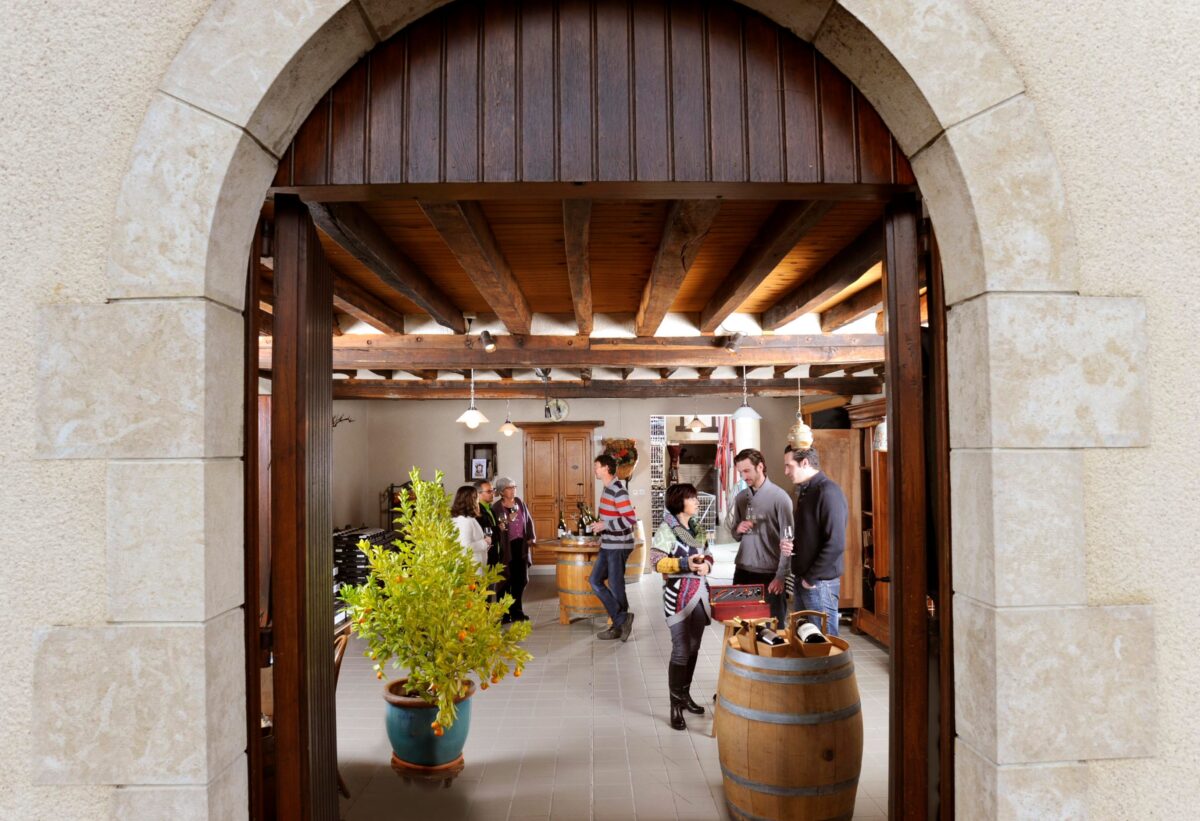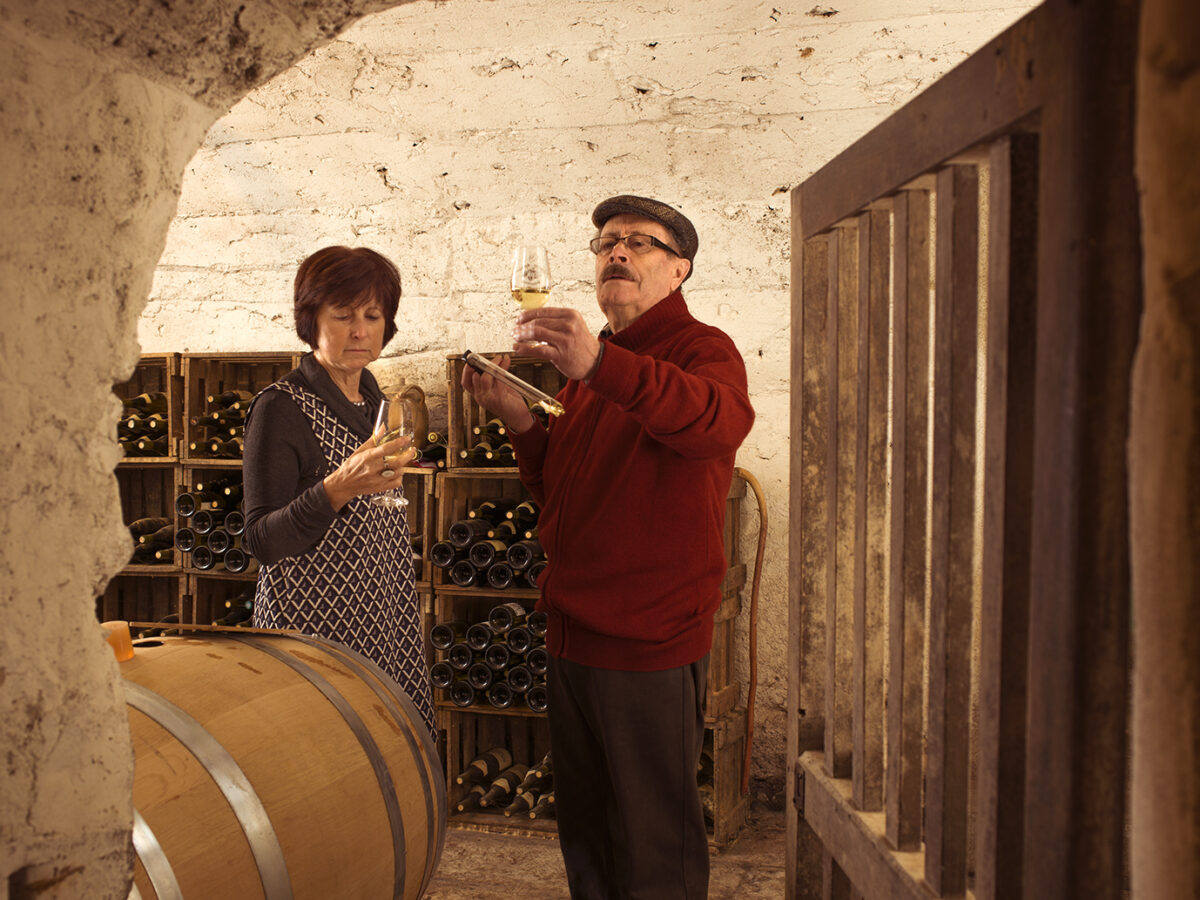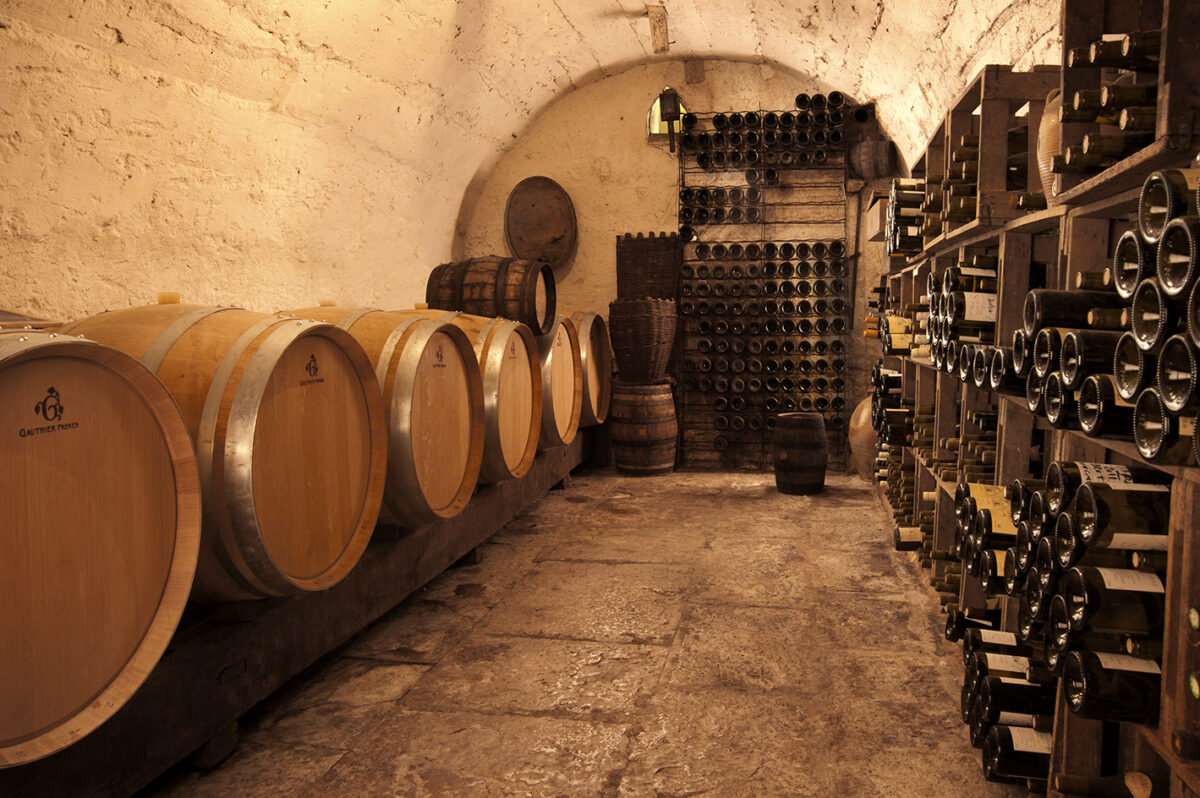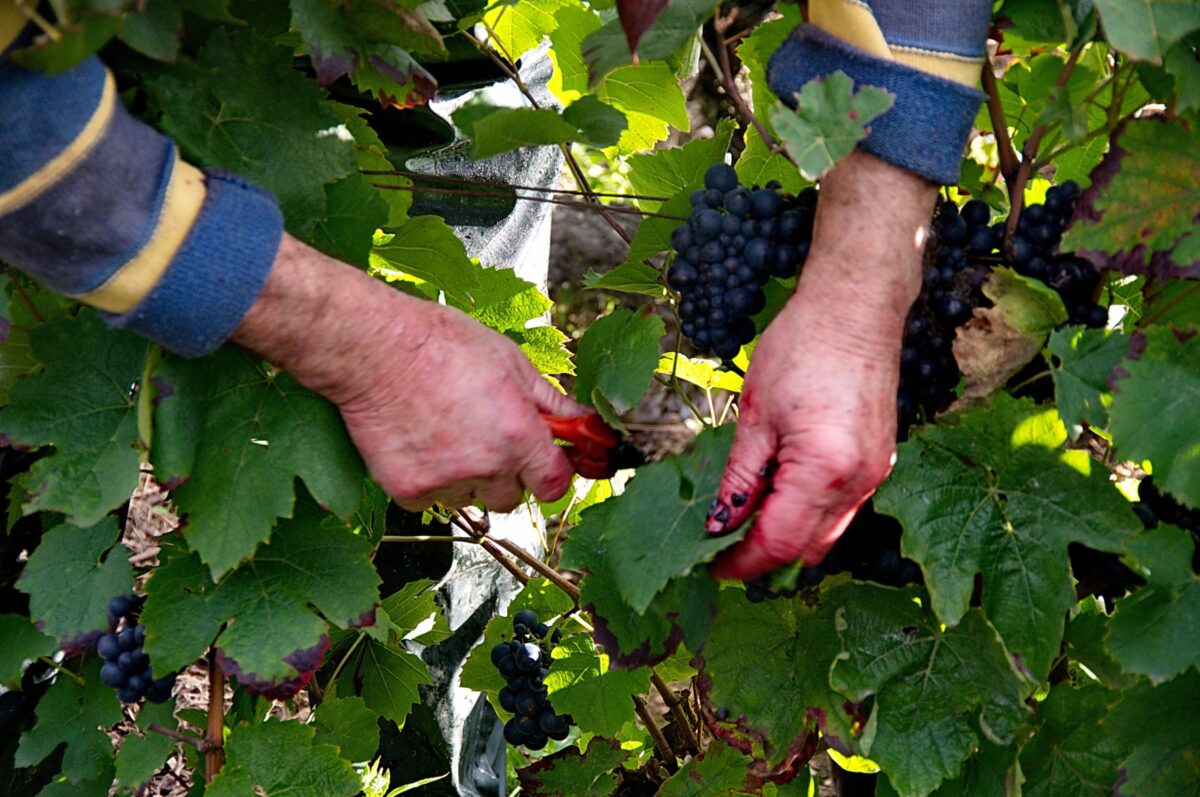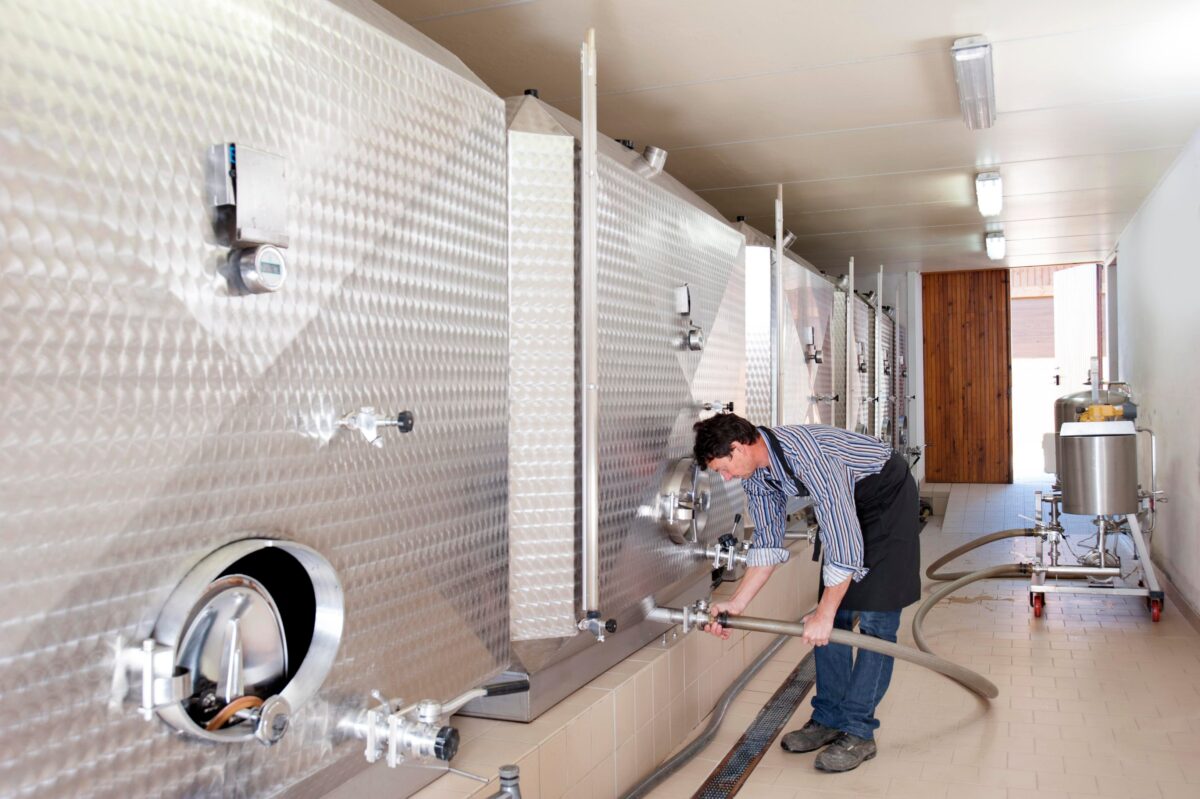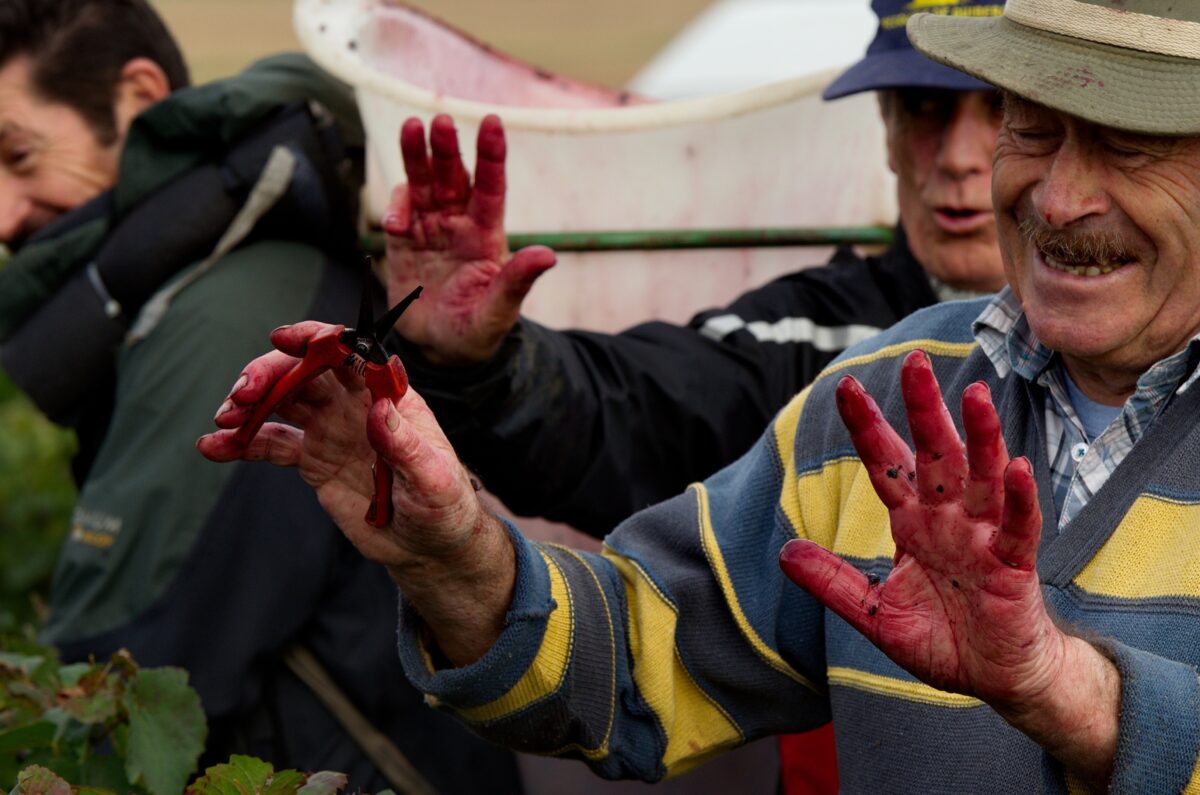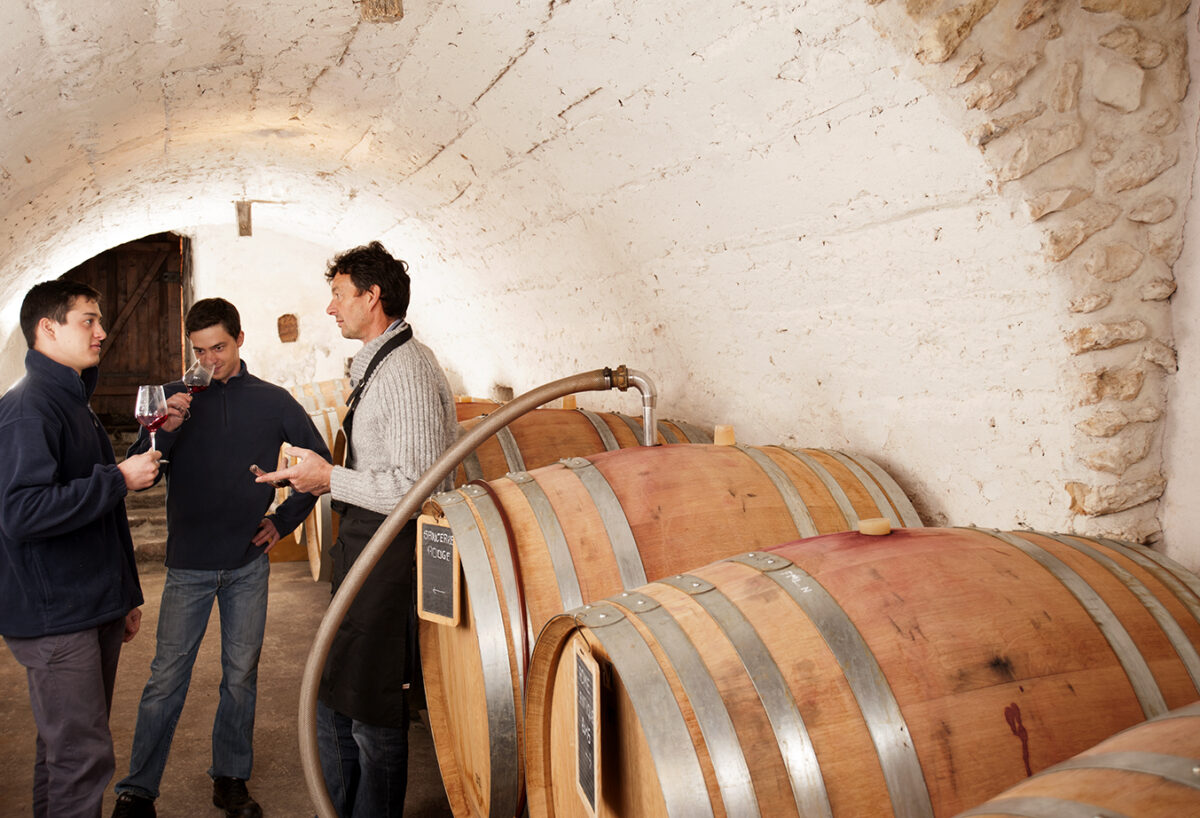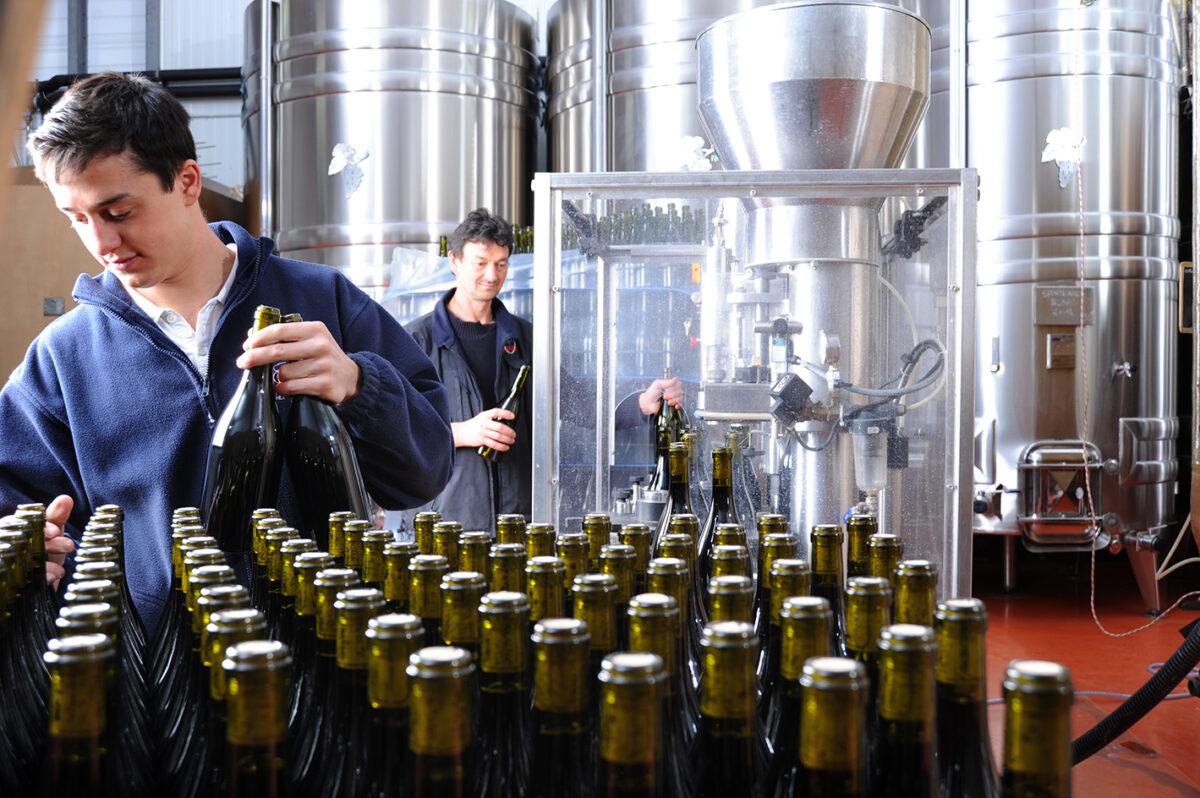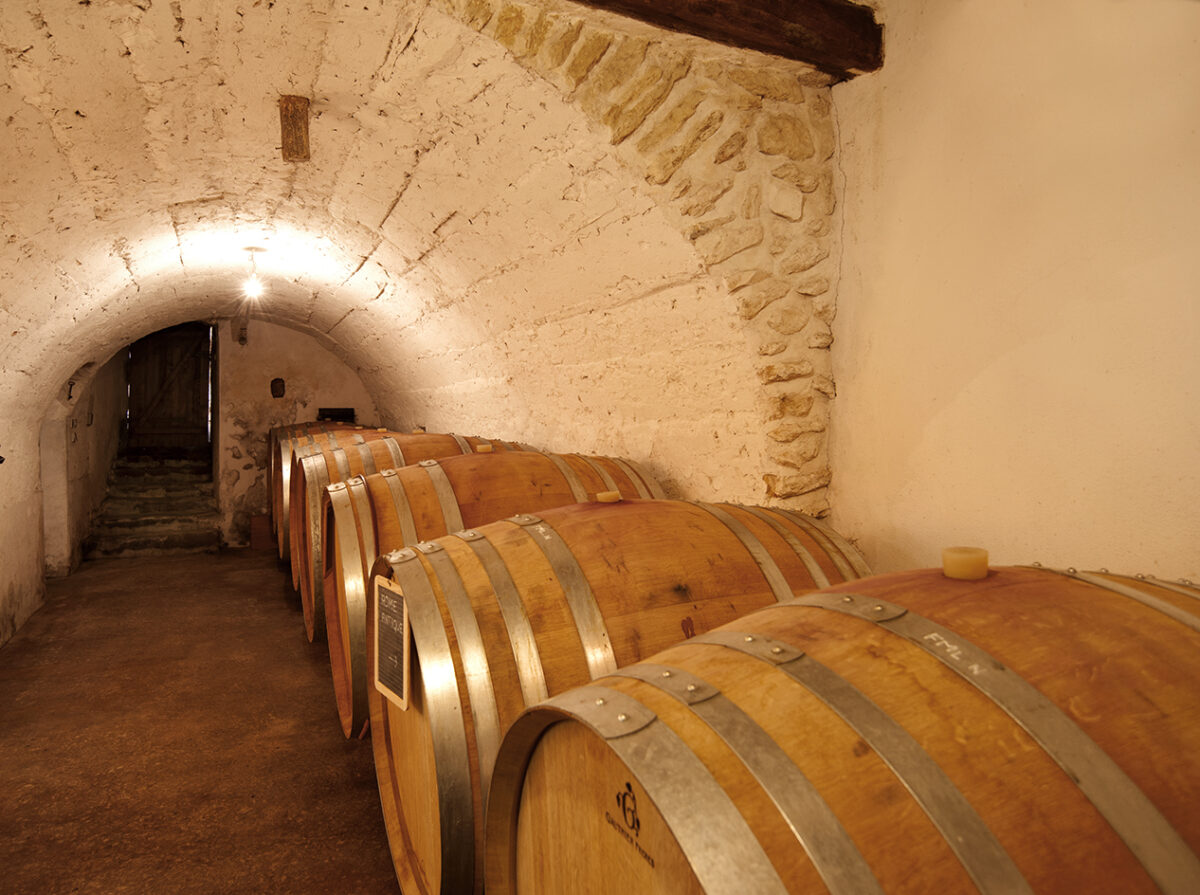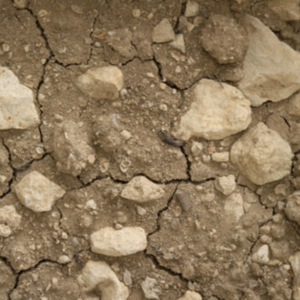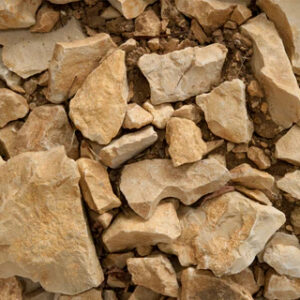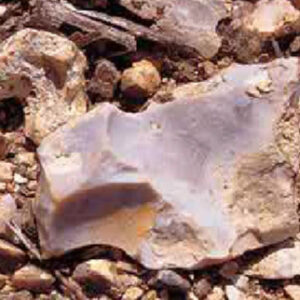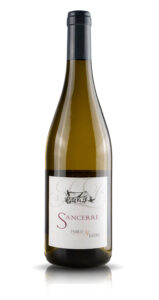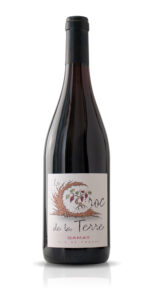“The cultivation of the vine is like a love story, giving pleasure and driven by passion.” — Hervé Baudry
Baudry Family and Sancerre History
The Baudry family’s domaine was purchased in 1920 by Hervé’s grandfather, who lived in Sancerre and was considered a master grafter. This was a crucial skill in the early 20th century, as winegrowers labored to replant their vines after the Phylloxera plague devastated most of the vineyards throughout Europe. The solution to the American-imported root louse was to replant vineyards on the rootstock of American vinestock, which had evolved a tolerance. Naturally, the propagation of the massive amounts of rootstock, planting it, and then grafting French varieties onto the trunk was a massive project that took decades.
Interestingly, before Phylloxera, the area around Sancerre was esteemed for its red wines from Pinot Noir and Gamay. Given the unheard-of opportunity to rebuild a region’s vineyards from scratch, the vintners of Sancerre chose to focus on Sauvignon Blanc, an intriguing choice given that Sauvignon hadn’t even been the area’s top white variety (that was Chasselas). The reason for this decision is unclear. Some people suggest that it was technical: the growers discovered that Sauvignon Blanc vine accepted the grafting process more readily than other varieties. However, some historians suggest that the decision was based on aesthetics, commerce, and terroir. Before phylloxera, they contest, Sauvignon Blanc was the most sought-after of Sancerre’s wines and fetched the highest prices.
Jean Baudry took over after his father, the grafter, and truly grew and developed the estate, increasing vineyard holdings and opening channels of sales and distribution. Jean’s son Hervé continued the progress, modernizing the estate, creating different cuvées, and helping to organize and empower the appellation by serving on the grape growers’ association of Sancerre. Today, Hervé is joined by his sons Bastien and Quentin, who both trained in Burgundy.
Sancerre Soils and Climate
Whatever the actual reasons were for replanting the appellation to Sauvignon Blanc, it was an inspired choice, as Sancerre has never looked back. Its soils and climate are considered a perfect match with the Sauvignon Blanc variety. To this day they produce one of the world’s most iconic wines, one lauded for both its capacity for serious terroir expression and its ubiquitous popularity.
Located in central France, a couple hours by car south of Paris, the Sancerre appellation occupies the eastern end of the long, lateral Loire Valley, comprising some 14 communities based around the eponymous town.
Famously the region boasts three main soil types, each one yielding sauvignon blanc of a somewhat different character. The most common soil is Oxfordian limestone, which comes mixed with clay in either sharp white shards or in a gravel admixture known as caillottes. This soil, which accounts for over 50% of the region, tends to produce the light, bright, aromatic, minerally Sancerre the region is best known for.
Another soil type is silex—the local term for flint or chert—which can be found in the eastern extremity of the appellation and across the Loire, where it’s a major component of Pouilly-Fumé. While accounting for just 20% of Sancerre’s soil, Silex makes a distinctively powerful, rich, profound wine.
Finally, there’s Kimmeridgian marl, a hard limestone-clay formation and the same stuff as found in Chablis and Champagne. It’s found more in the western districts of Sancerre and produces powerful, mineral wines with a heavy soil signature that makes them sometimes more similar to Chablis than to wines grown on caillottes or silex.
Famille Baudry’s vineyards are spread out on the rolling hillsides among the villages of Sainte-Gemme-en-Sancerrois, Sury-en-Vaux, and Verdigny. They lie on classic Oxfordian limestone in both its major forms: the chalky white, stony soils and the more gravelly caillottes. The vast majority of the vineyard is planted to Sauvignon Blanc, but a couple of hectares are given to Pinot Noir and gamay. The climate here is a somewhat stiffened Atlantic one, meaning that while it doesn’t suffer the hot-and-cold extremes of a true interior continental climate, it is far enough inland from the Atlantic, that it’s also not completely oceanic. Therefore it’s not as subject to the rainfall, wind, and sometimes balmy weather of the coast, which diminishes as it travels up the Loire toward France’s interior.
Viticulture and Winemaking
As mentioned above, the Famille Baudry has farmed organically since 2010, though their official certification arrived only in 2023. Throughout the family’s holdings, the vines average 50 years of age, though their oldest site, called “Le Croc de la terre” is almost a century old.
Their vineyard philosophy is simple and direct—harvesting clean, ripe grapes is the most important factor in a successful vintage, so great work is done to ensure that, which makes the rest of production simple and seamless. Proper ripeness is paramount, so the family is not opposed to risking letting the fruit hang out to achieve full maturity during dicey vintages.
Harvest is done quickly by machine—not uncommon in the area—except for the old, delicate vines of Croc de la Terre. Grapes from each of the three villages are fermented separately, half inoculated with an aromatically neutral yeast strain and fermented naturally with ambient yeast. After a long, cool fermentation, the villages are blended to create the various cuvées. The winery prefers cold clarification and settling to clarify their wines, and filtration is largely avoided. Only minimal amounts of sulfur are used.
The Croc de la Terre vines are hand-picked. The red grapes see a five-day cold pre-maceration to carefully extract color and aromatic compounds before undergoing a whole-bunch, semi-carbonic maceration for 15 days before pressing. Malolactic occurs in an old 500-liter cask and is bottled without filtration.
